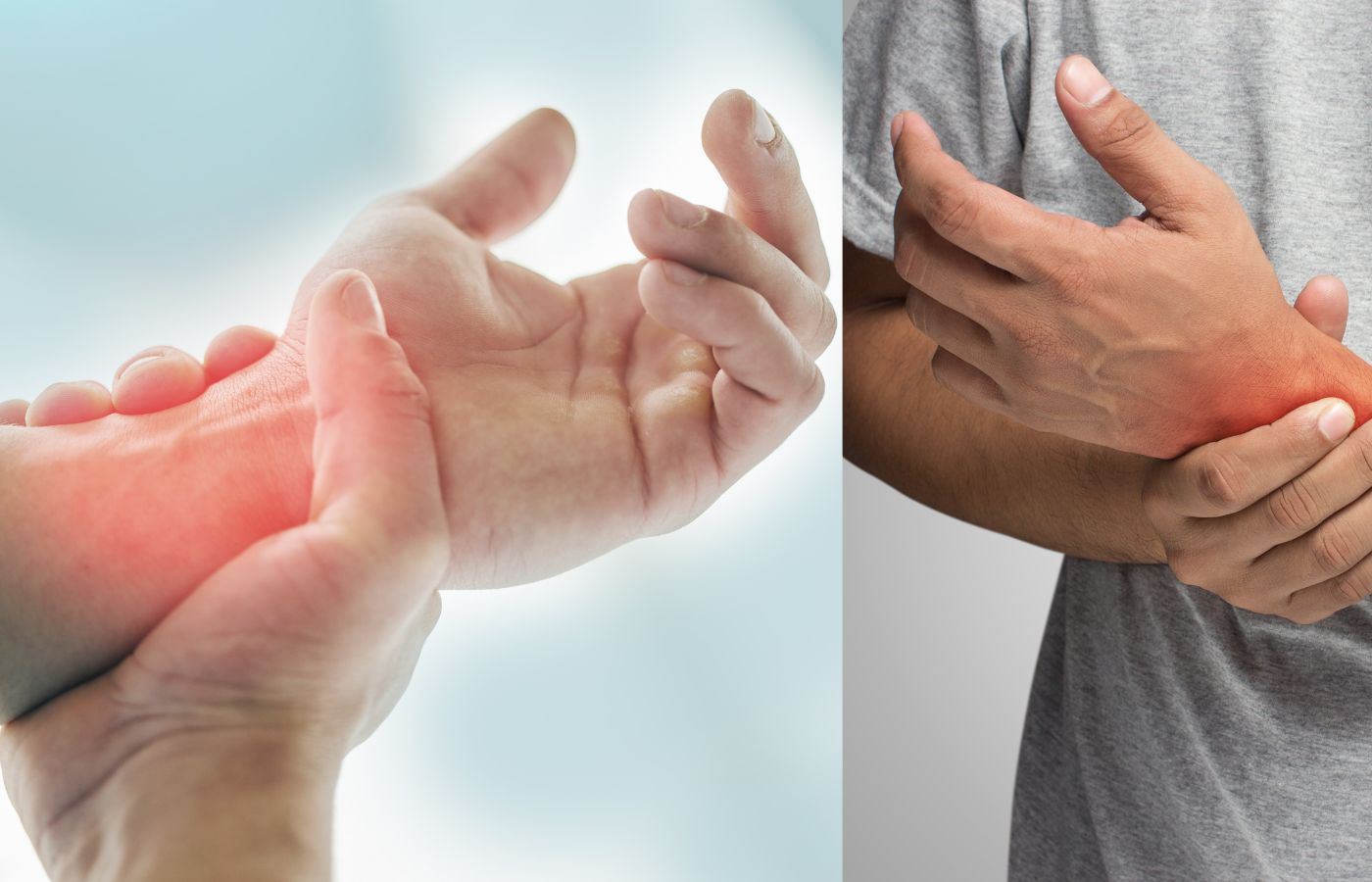
A wrist joint injury can significantly impact daily activities, making simple tasks like writing, lifting objects, or even using a mobile phone challenging. Wrist injuries can range from mild sprains to severe ligament tears and fractures. Understanding how these injuries are diagnosed is crucial for effective treatment and recovery.
The wrist joint is a complex structure comprising multiple small bones, ligaments, and tendons. These components work together to provide flexibility and strength. When any part of the wrist joint ligament gets damaged due to an injury or overuse, it can lead to pain, swelling, and restricted movement.
To accurately diagnose a wrist joint injury, medical professionals use a combination of physical examination and imaging tests.
Doctors begin by examining the wrist for swelling, tenderness, and movement restrictions. They may also ask about the patient's medical history and recent activities that could have led to the injury.
An X-ray helps detect fractures or bone dislocations. However, it does not provide detailed images of soft tissues such as wrist joint ligaments, tendons, or muscles.
When soft tissue injuries are suspected, doctors recommend an MRI scan. If you are searching for an MRI near me, it is essential to choose a well-equipped imaging center to ensure accurate diagnosis.
MRI scans provide high-resolution images of soft tissues, helping detect ligament tears, tendon injuries, and cartilage damage.
Unlike X-rays, MRIs can identify early-stage arthritis and inflammation in the wrist joint.
If you experience wrist ache pain and need precise imaging, searching for an MRI scan near me can help you locate a suitable diagnostic center.
For real-time imaging of wrist movement, ultrasound can help assess ligament injuries. It is commonly used when dynamic evaluation of the wrist joint is necessary.
A CT scan provides a detailed view of wrist bones, especially in cases of complex fractures.
If your doctor recommends an MRI, searching for MRI near me
Once the diagnosis is complete, treatment depends on the severity of the injury.
Mild wrist joint ligament injuries heal with rest and the use of a brace or splint.
Avoiding repetitive motions helps reduce strain on the wrist.
Stretching and strengthening exercises help restore wrist movement.
Occupational therapy may be recommended for individuals involved in physically demanding activities.
Over-the-counter pain relievers can help manage wrist ache pain.
Ice packs and anti-inflammatory medications reduce swelling and discomfort.
Severe ligament tears or fractures may require surgical repair.
Wrist arthroscopy is a minimally invasive procedure used to repair damaged tissues.
Use proper wrist support during physical activities.
Strengthen wrist muscles through targeted exercises.
Maintain good posture while typing or performing repetitive tasks.
Avoid excessive strain on the wrist by taking regular breaks during work
.Diagnosing a wrist joint injury requires a combination of clinical evaluation and imaging tests such as MRIs . If you experience persistent wrist ache pain, searching for an MRI near me or MRI scan near me can help you find a suitable diagnostic center. Early diagnosis and appropriate treatment can prevent complications and ensure faster recovery. Whether it’s a mild strain or a severe ligament tear, consulting a medical professional is crucial for effective management of wrist injuries.